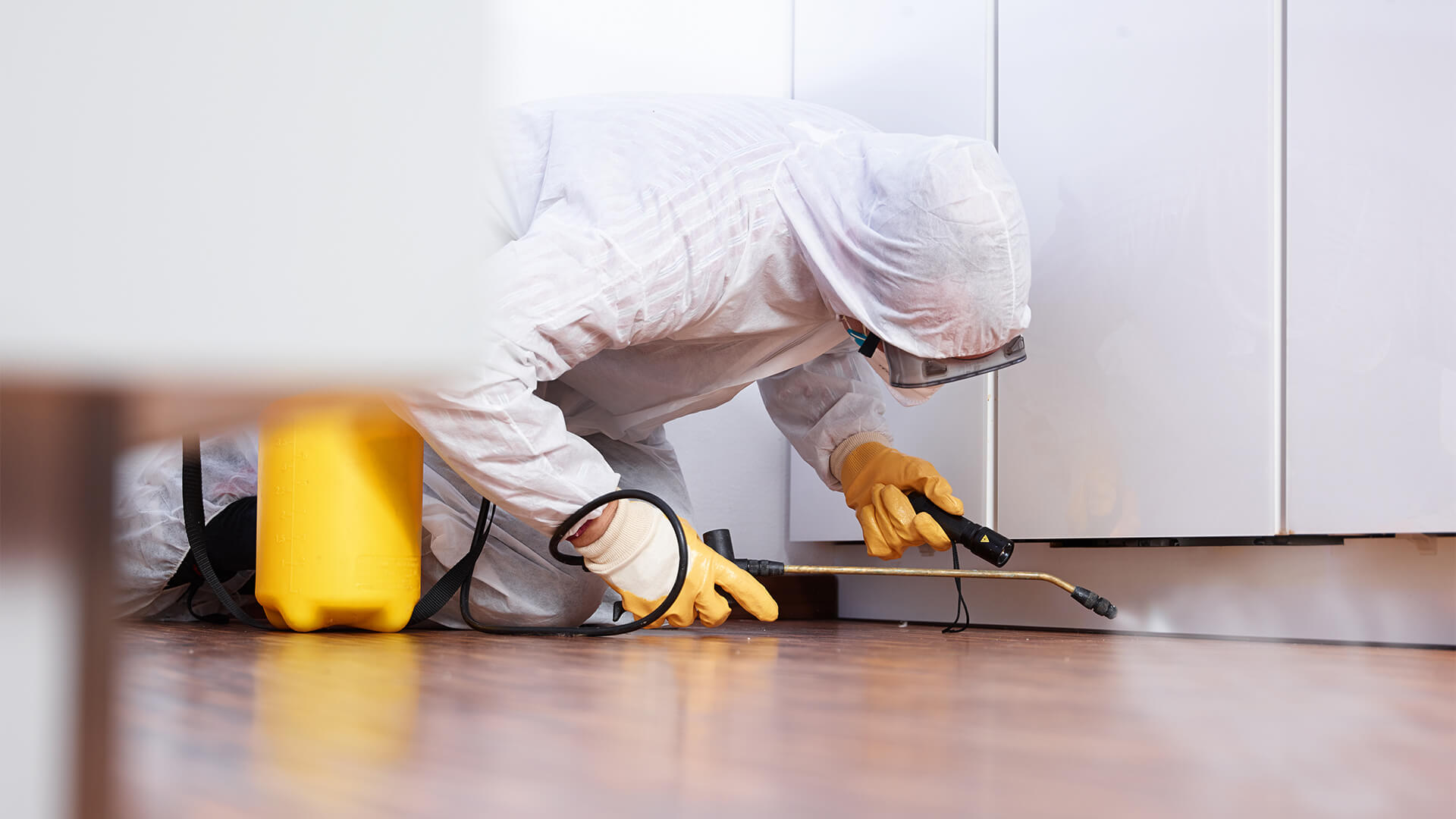Expert A1 Charlotte Bed Bug Exterminator - High Quality Service Ensured
Bed Bug Therapy Breakdown: Comparing Chemical Vs. Non-Chemical Solutions
In the world of insect control, specifically when handling the relentless concern of bed insects, the selection in between chemical and non-chemical therapy remedies can be a pivotal one. Both methods provide distinct benefits and downsides, affecting aspects such as effectiveness, security considerations, and overall cost. By checking out the nuanced details of each method, a clearer understanding of which course to go after in dealing with a bed insect invasion can be achieved.
Effectiveness of Chemical Therapies
Chemical treatments for bed pest invasions have actually been commonly acknowledged for their powerful and fast efficiency in getting rid of these pests. When considering the effectiveness of chemical treatments, it is important to comprehend that they can supply a fast and thorough option to a bed pest issue. Specialist pest control operators commonly rely upon pesticides to target bed bugs at numerous phases of their life cycle, including eggs, adults, and fairies. These chemicals typically function by interfering with the bed pests' nerves, causing paralysis and ultimate fatality.
Furthermore, chemical therapies have the benefit of using recurring results, meaning that they can remain to get rid of bed insects even after the first application. This recurring action is especially beneficial in combating any kind of prospective re-infestations. Furthermore, the fast activity of chemical treatments can bring alleviation to people dealing with extreme bed insect problems, enabling them to restore control of their home rapidly.
Safety And Security Worries With Chemical Solutions
One essential element that needs careful factor to consider when utilizing chemical solutions for bed insect treatment is making certain the security of occupants and the environment. Direct exposure to particular chemicals used in bed pest therapies can lead to respiratory problems, skin irritation, or various other adverse responses, specifically in individuals with pre-existing conditions or sensitivities.
Furthermore, the ecological influence of chemical options is another substantial consideration. Some chemicals used in bed pest treatments might be damaging to advantageous insects, wildlife, and environments if they leach into the dirt or water systems. It is vital to utilize chemical therapies sensibly, following safety and security standards, and taking into consideration much less poisonous alternatives to alleviate these risks and make certain the safe and efficient management of bed insect problems.
Advantages of Non-Chemical Strategies
Thinking about the potential safety concerns and environmental impact linked with chemical services for bed bug treatment, discovering non-chemical techniques presents an appealing alternative with a number of unique advantages. Non-chemical treatments are environmentally friendly, as they do not add to air or water pollution, making them a lasting option for insect control.
Furthermore, non-chemical solutions can be efficient in targeting bed insects, consisting of hard-to-reach areas where chemical treatments might not penetrate - A1 bed bug treatment in charlotte. Methods such as heat treatment, vacuuming, vapor cleaning, and mattress encasements supply thorough removal without the use of dangerous chemicals.
Limitations of Non-Chemical Treatments

Additionally, non-chemical therapies usually call for numerous applications to attain effective elimination. This can be lengthy and might not constantly ensure total removal of all bed insects and their eggs, specifically in surprise or hard-to-reach places.
Moreover, the success of non-chemical treatments greatly depends on appropriate application and thoroughness, which can be testing for people without expert experience. Insufficient application of non-chemical techniques may lead to incomplete eradication, bring about relentless problems and the demand for extra therapies.
For that reason, while non-chemical therapies have their benefits, it is vital to recognize these constraints and consider them when identifying the most effective strategy for handling bed pest problems.
Cost Contrast: Chemical Vs. Non-Chemical Options
Given the constraints connected with non-chemical treatments, a crucial aspect to review in the context of bed pest administration is the price contrast in between chemical and non-chemical options. Chemical therapies usually entail the application of insecticides by experts, which can range from $250 to $900 per space, relying on the severity of the infestation and the dimension of the location to be treated. On the other hand, non-chemical therapies like warm treatment or heavy steam can be more expensive, with prices varying from $1,000 to $6,000 for an entire home. While the preliminary cost of chemical treatments might i need pest control appear reduced, several therapies might be called for to totally get rid of the infestation, potentially increasing the general expense. On the other hand, non-chemical options might offer an extra lasting and eco-friendly service, although they can be cost-prohibitive for some individuals. Ultimately, when taking into consideration the price of bed insect treatment choices, it is necessary to evaluate the upfront expenses against the effectiveness and lasting sustainability of the selected approach.
Final Thought

Considering the prospective security problems and ecological influence linked with chemical solutions for bed pest therapy, discovering non-chemical strategies offers an encouraging choice with several distinct advantages.Given the restrictions linked with non-chemical treatments, an essential element to assess in the context of bed bug management is the cost comparison between chemical and non-chemical options. In comparison, non-chemical treatments like warm treatment or steam can be much more costly, with costs ranging from $1,000 to $6,000 for an entire home. While the first expense of chemical treatments may seem reduced, multiple treatments may be called for to totally eliminate the problem, possibly increasing the overall price.In conclusion, when contrasting chemical and non-chemical bed bug treatment options, it is crucial to take into consideration effectiveness, safety, advantages, limitations, and cost.